Peter I’s cottage to Gorbachev’s lavish dacha: Russian leaders’ residences in pictures

Peter the Great’s Summer Palace, St. Petersburg
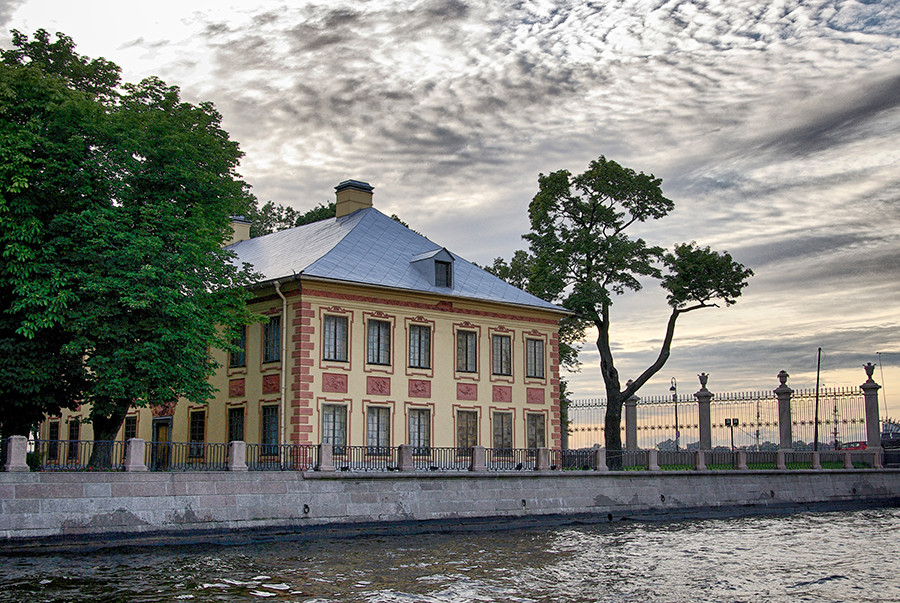
Summer Palace (outside view)
Flying RussianBuilt: 1710-1714
Home to: Peter I
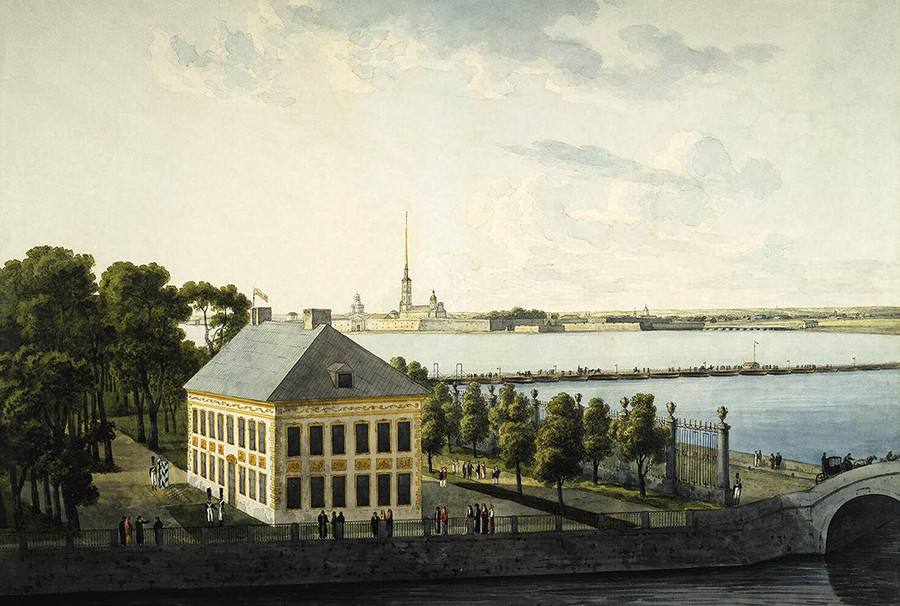
"Peter I's Summer Palace", Andrey Martynov, 1809
The State Hermitage MuseumBefore all else in St. Petersburg, there was a log cabin along the Neva River. Peter I was no stranger to modest accommodation, and when he moved out of the cabin in 1712, this new summer “palace” boasted just two floors.
Catherine Palace, Tsarskoye Selo

Catherine Palace (outside view)
WikioloBuilt: 1717-1724, reconstructed 1752-1756
Home to: Catherine I, Empress Elizabeth, Catherine II
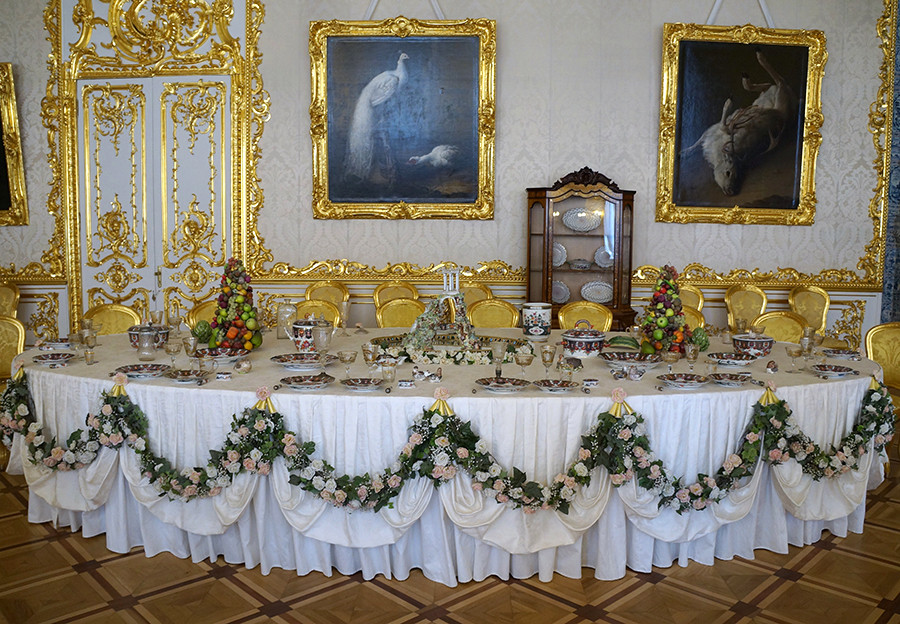
Catherine Palace (inside)
Pierre Andre LeclercqNow this is more like it.
The current standing palace in Pushkin (formerly Tsarskoye Selo, 30km south of St. Petersburg), was built under the rule of Empress Elizabeth, Peter’s daughter to his second wife Catherine. This 325-m long behemoth is home to some of the most extravagant examples of luxury ever showcased: a gold-lined ballroom, a 100m2 portrait hall, a Chinese silk-covered drawing room, an immense chapel, and gold-covered statues were just some of the palace’s features.
Catherine II (the Great) replaced Empress Elizabeth’s penchant for Rococo flamboyance with a neoclassicist and Greek Revival style.
Winter Palace, St. Petersburg
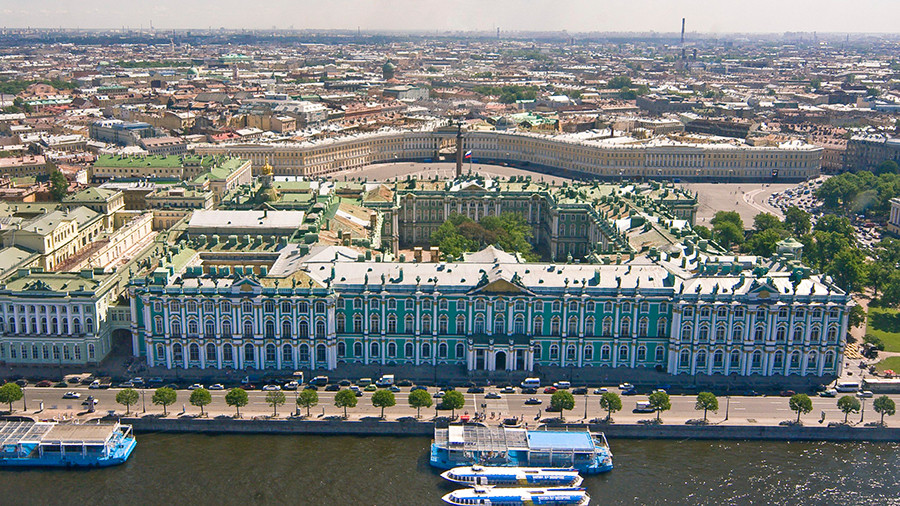
Winter Palace (outside view)
Alexey Danichev/SputnikBuilt: 1757-1762
Home to: Officially, all subsequent Russian tsars.

Winter Palace (inside)
V. Baranovskiy/SputnikThe current palace stems from a design by Francesco Bartolomeo Rastrelli, who began rebuilding it with approval from then-Empress Elizabeth. The green and white Rococo flair, the ionic columns, and the parapets were so adored that when much of the palace was destroyed in an 1837 fire, Nicholas II ordered an exact reconstruction of its exterior.
Tsaritsyno Palace, Moscow
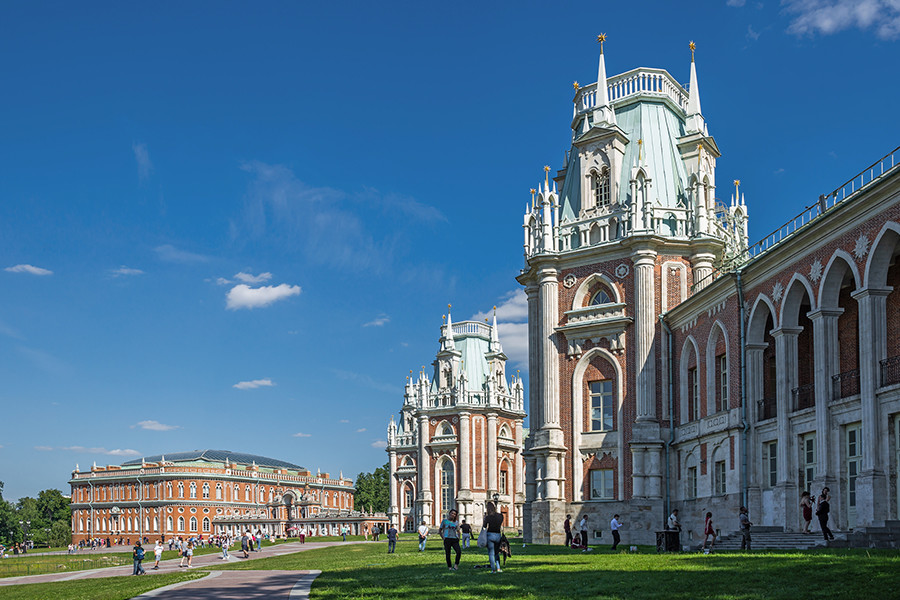
Tsaritsino Palace
Legion MediaBuilt: 1786-1796
Home to: Catherine II
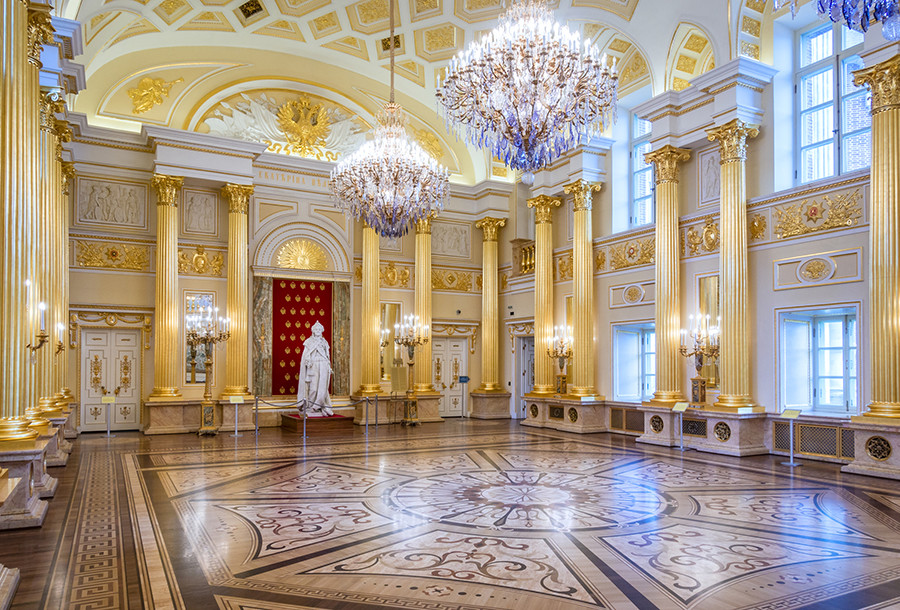
Tsaritsino Palace
Legion MediaThe first palace on the estate, completed for Catherine after nine years of construction, was torn down in 1785 because she deemed the rooms too dark. The new manor was abandoned by Paul I and only completed in 2007.
Catherine the Great’s Moscow residence is now an idyllic park in the city’s southern suburbs.
Alexander Palace, Tsarskoye Selo
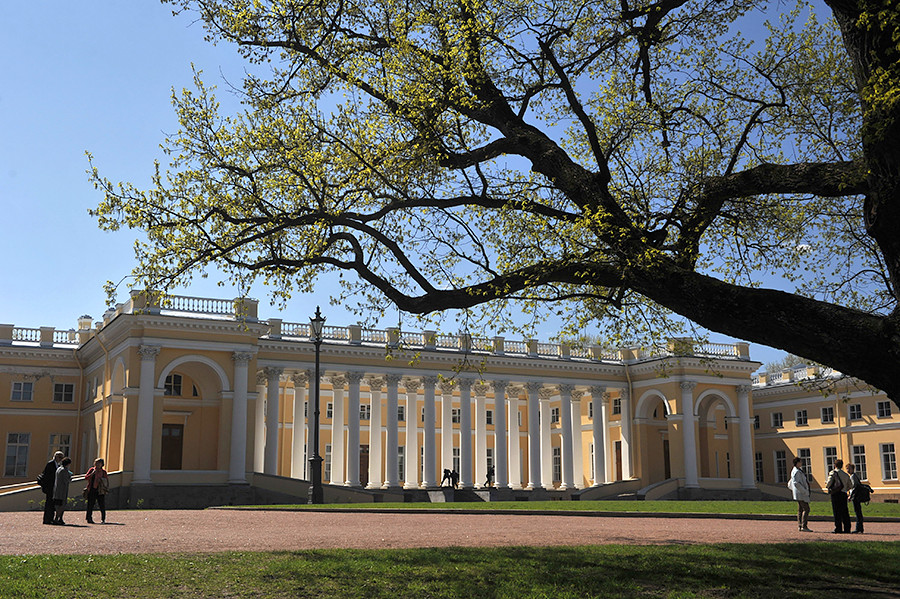
Alexander Palace (outside view)
Ruslan Shamukov/TASSBuilt: 1792-1796
Home to: Alexander I, Nicholas I, Alexander III, Nicholas II
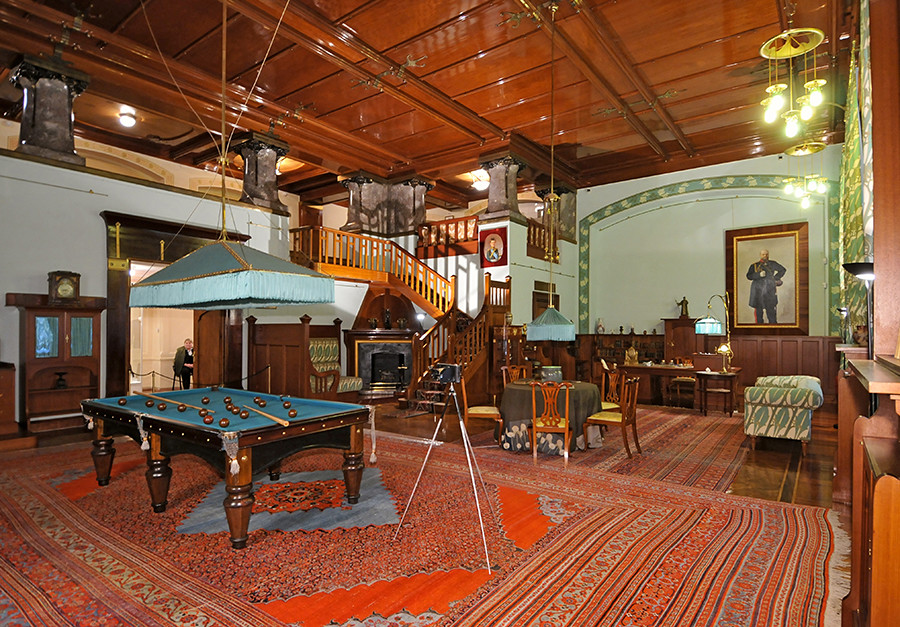
Alexander Palace (inside)
Yuri Belinsky/TASSLocated in Tsarskoye Selo alongside Catherine Palace, the mansion served as a summer house for the Romanovs throughout the 19th century (and indeed, as a permanent residence for Nicholas II and his family).
St. Michael’s Castle, St. Petersburg
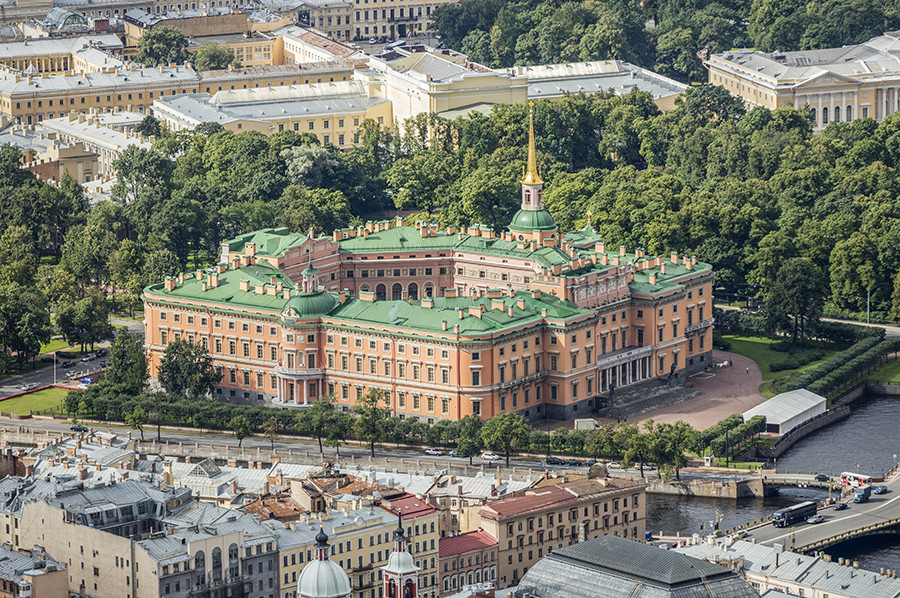
St. Michael's Palace (outside view)
Andrew ShivaBuilt: 1797-1801
Home to: Paul I
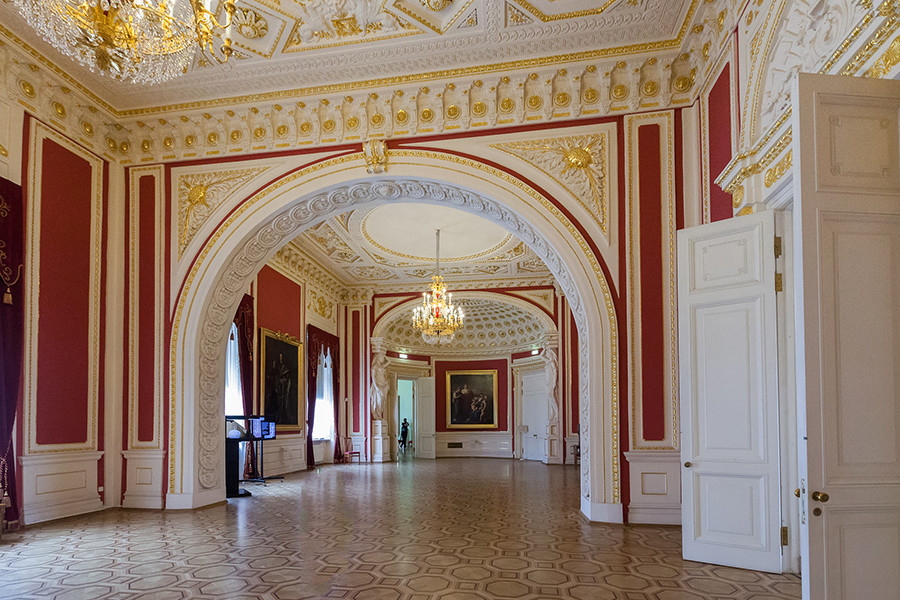
St. Michael's Palace (inside)
Legion MediaSt. Michael’s Castle is Russia’s most ill-fated leaders’ residence. Catherine II’s son spent 15 years before his accession to the throne planning this spectacular estate. When the castle was finally completed in 1801, Tsar Paul lived there for just 40 days before being assassinated in a palace coup.
Livadia Palace, Crimea

Livadia Palace (outside view)
Legion MediaBuilt: 1861 (rebuilt 1909-1911)
Home to: Alexander II, Alexander III, Nicholas II
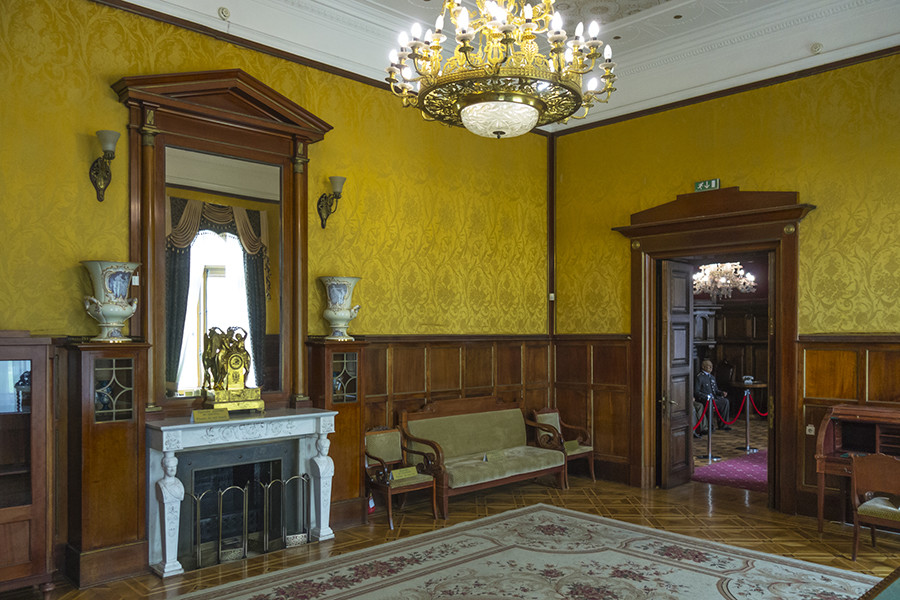
Livadia Palace (inside)
Legion MediaNicholas II’s absurdly expensive Crimean dacha, which replaced his original palace, was a short-lived testament to the Romanov lavishness that didn’t help the family’s fate. Interestingly enough, it was also the meeting point for the Yalta Conference in February 1945.
Kremlin Senate, Moscow
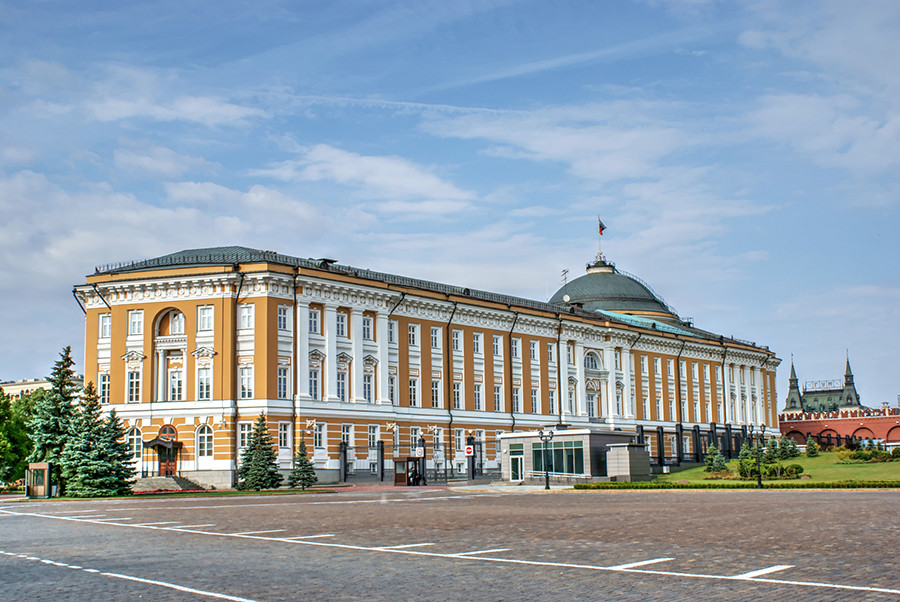
Senate Palace (outside view)
Legion MediaBuilt: 1776-1787
Home to: Vladimir Lenin
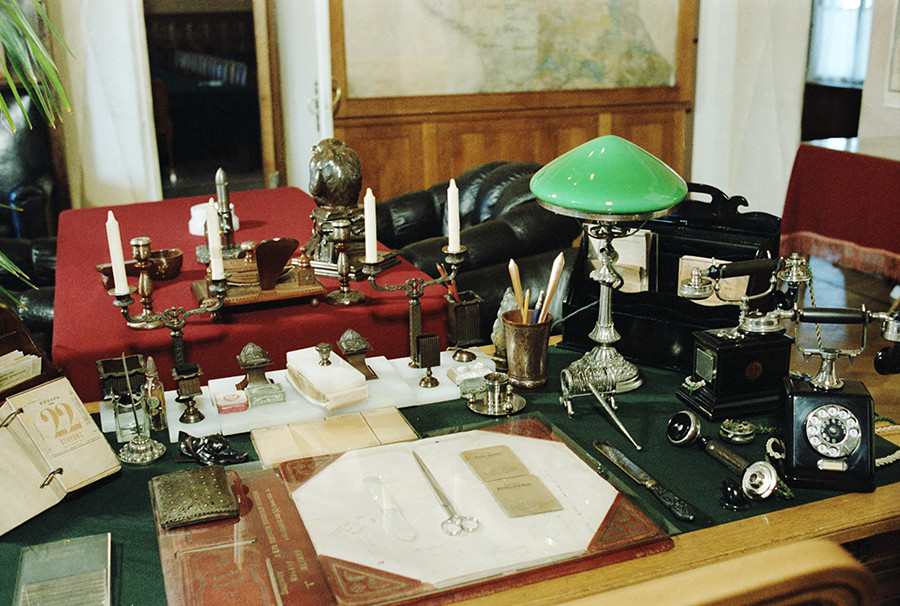
Lenin's Kremlin apartment
Valentin Cheredintsev/TASSLenin’s infamous study and apartment was on the Senate Palace’s third floor, where he lived and worked throughout the Civil War. The Bolshevik leader’s quarters were preserved in the Kremlin as a personal memorial until 1994.
Gorky Manor, Gorki Leninskiye (Moscow)
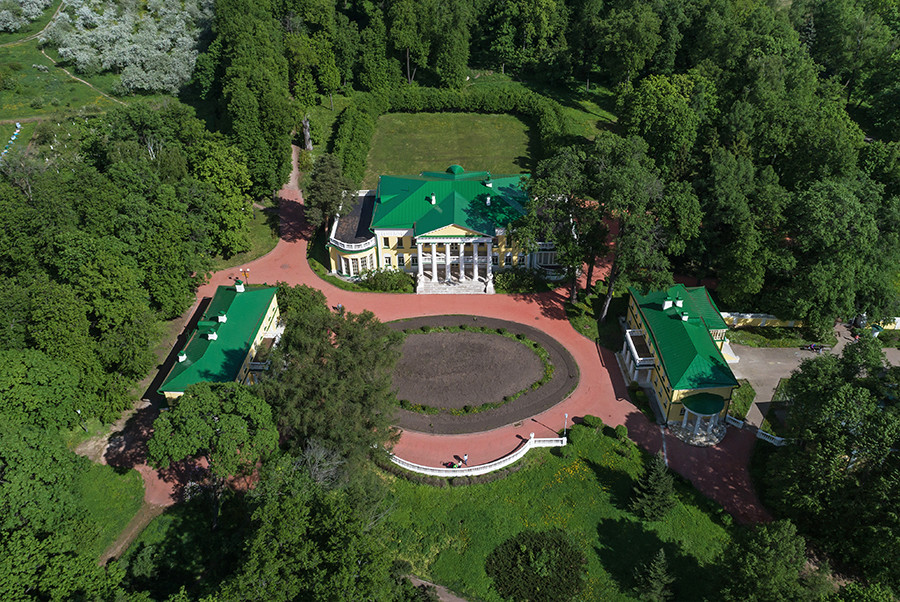
Gorky Manor (outside view)
Legion MediaBuilt: Early 19th century
Home to: Vladimir Lenin
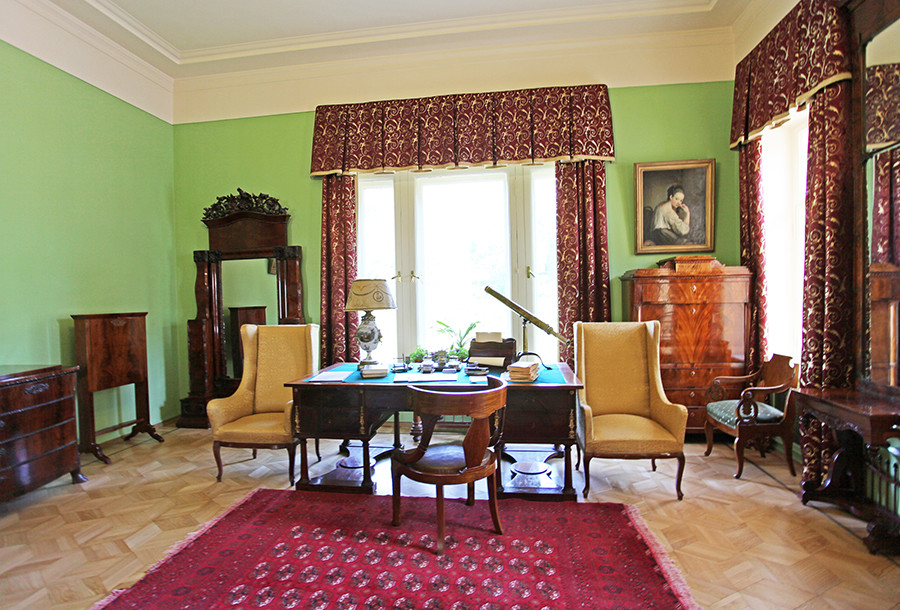
Gorky Manor (inside)
Legion MediaThis 19th century noble manor played host to the Bolshevik leader when he fell ill for the final time in May 1923. Having grown accustomed to the mansion’s lavish neoclassical interior, Lenin allegedly instructed his aides not to change any of the building’s previous furniture.
Kuntsevo Dacha, Moscow
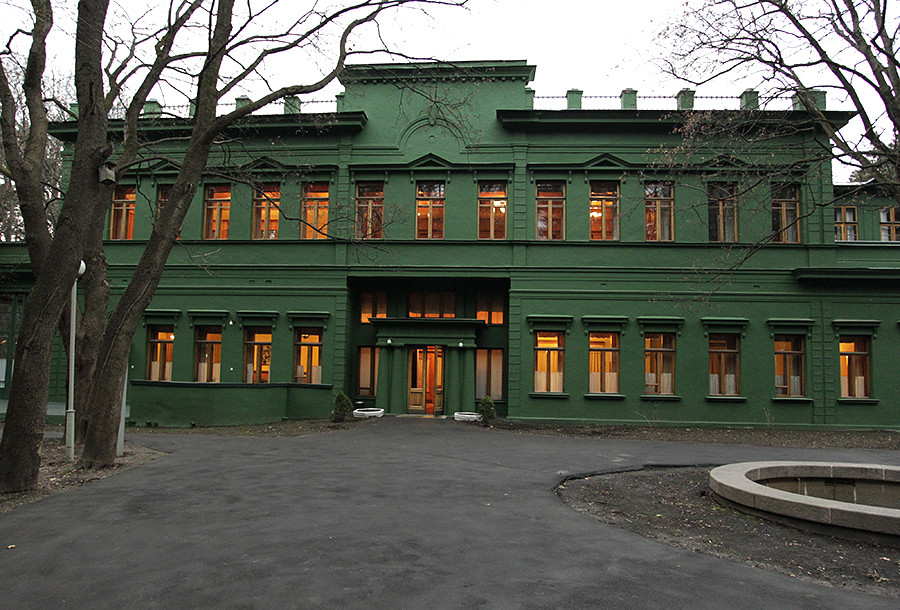
Kuntsevo Dacha (outside view)
SputnikBuilt: 1933-1934
Home to: Joseph Stalin
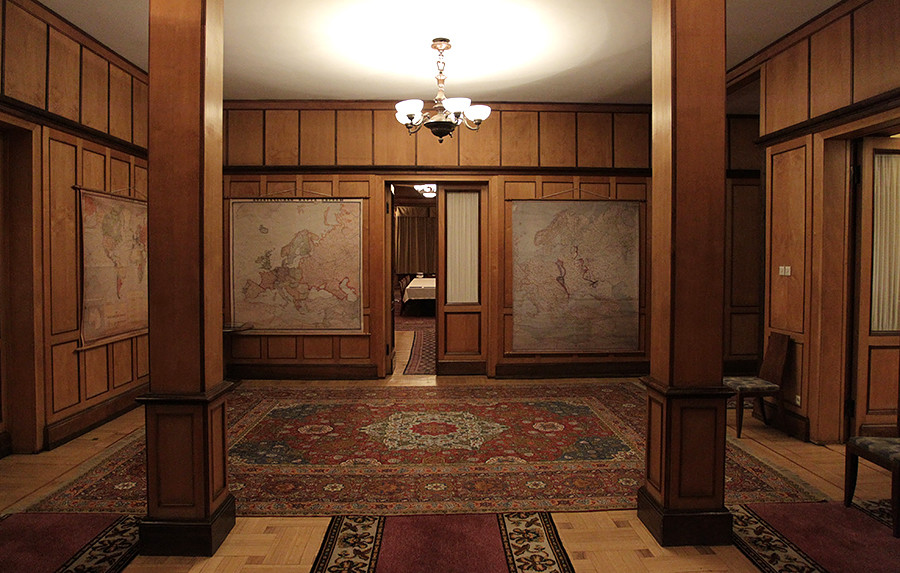
Kuntsevo Dacha (inside)
SputnikOpting to move away from noisy Moscow, the Soviet General Secretary commissioned the construction of an impressive seven-room personal residence to the city’s west in 1933. It was there that Stalin spent the last two decades of his life, famously hosting Mao Zedong and Winston Churchill in his study. In fact, Stalin is alleged to have rarely left this study, despite the residence being decked out with various gardens, orchards, and sporting facilities.
32 Kosygina Street, Moscow
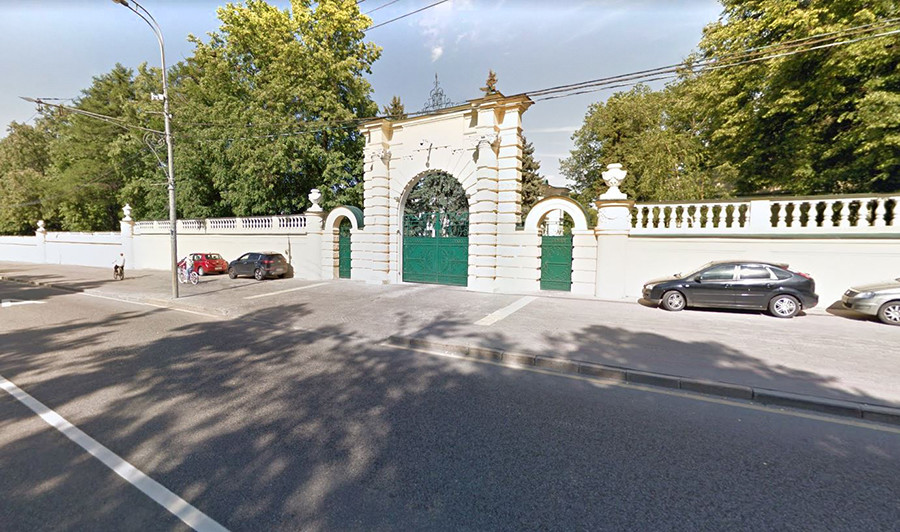
32 Kosygina St.
Google MapsBuilt: 1955
Home to: Nikita Khrushchev
Before becoming General Secretary, Khrushchev wasted little time following Stalin’s death in securing himself improved accommodation. The new mansion on Kosygina St. overlooked Lenin Hills (now Sparrow Hills), was decked out with marble and expensive wood, and was fenced off with steel gates.
26 Kutuzovsky Prospekt, Moscow
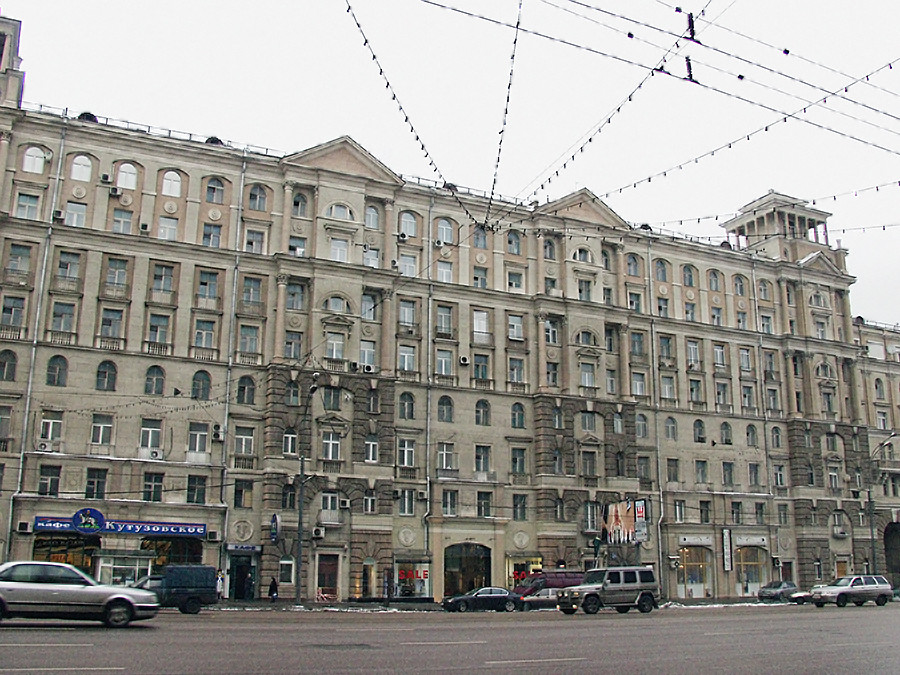
26 Kutuzovsky Prospekt
Dmitry Korobeinikov/SputnikBuilt: Late 1950s
Home to: Leonid Brezhnev, Yuri Andropov
For efficiency’s sake, Brezhnev’s 54m2 flat was just a floor below the apartment of KGB chief and future General Secretary Andropov. The apartment caused a lot of noise in the Russian press in 2003, when it went on sale for a whopping $620,000 (twice its estimated market value).
Zavidovo Dacha, Tver Region
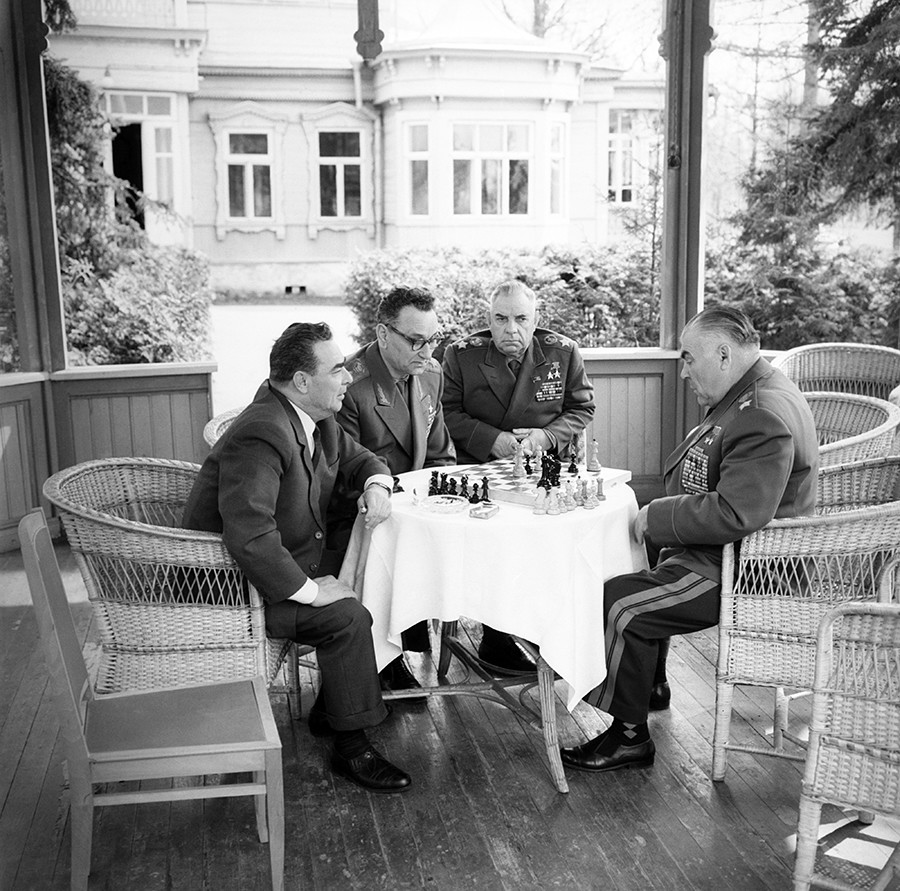
General Secretary of the Central Committee of the Communist Party of the Soviet Union Leonid Brezhnev, Marshals of the Soviet Union Andrei (Andrey) Grechko, Nikolai Krylow, Rodion Malinovsky (L-R) play chess in Zavidovo residence
Vasily Yegorov/TASSBuilt: Early 1960s
Home to: Leonid Brezhnev
Brezhnev’s favorite and most frequently visited dacha was located in the Zavidovo National Park, some 130 km northwest of Moscow. Built primarily for hunting, Brezhnev’s two-story cottage was rigged out with marble flooring, a private cinema, a billiards room, and 12 luxury bedrooms for friends and senior politicians.
10 Granatny Lane, Moscow
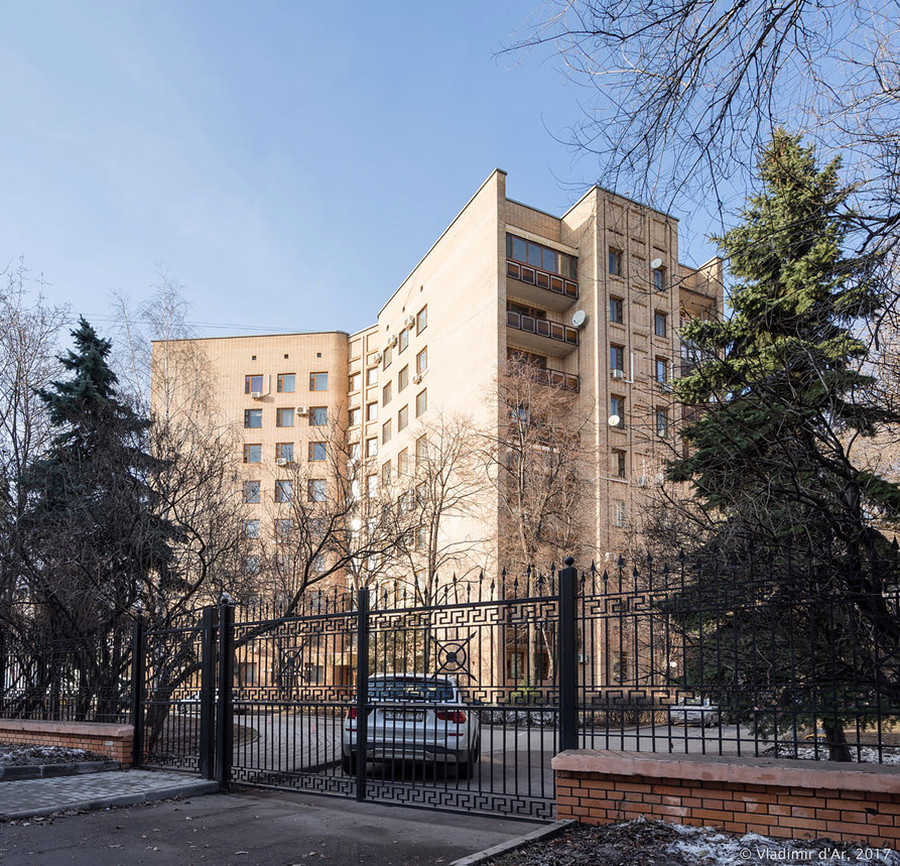
10 Granatny Lane, Moscow (outside view)
Владимир д'АрBuilt: 1978
Home to: Leonid Brezhnev, Mikhail Gorbachev
This spacious apartment block in Moscow’s fashionable Patriarch Ponds neighborhood served first as a downtown pad for Leonid Brezhnev, and then briefly for Gorbachev in 1984-5. If you look closely, the sixth floor is distinguishable by the fact that its windows are slightly longer than the others, meaning some extra headroom for the General Secretaries.
10 Kosygina Street, Moscow
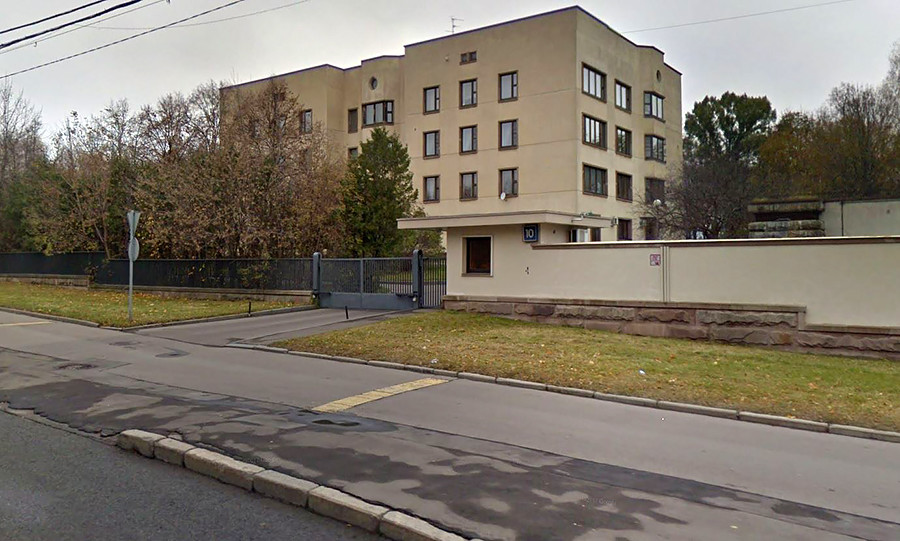
10 Kosygina St.
Google MapsBuilt: 1986
Home to: Mikhail Gorbachev
Not far from Khrushchev’s old stomping ground lies the four-story, fourteen-room former mansion of Mikhail Gorbachev. The building was later purchased by composer Igor Krutoy for an alleged $15 million.
Zarya Dacha, Foros (Crimea)
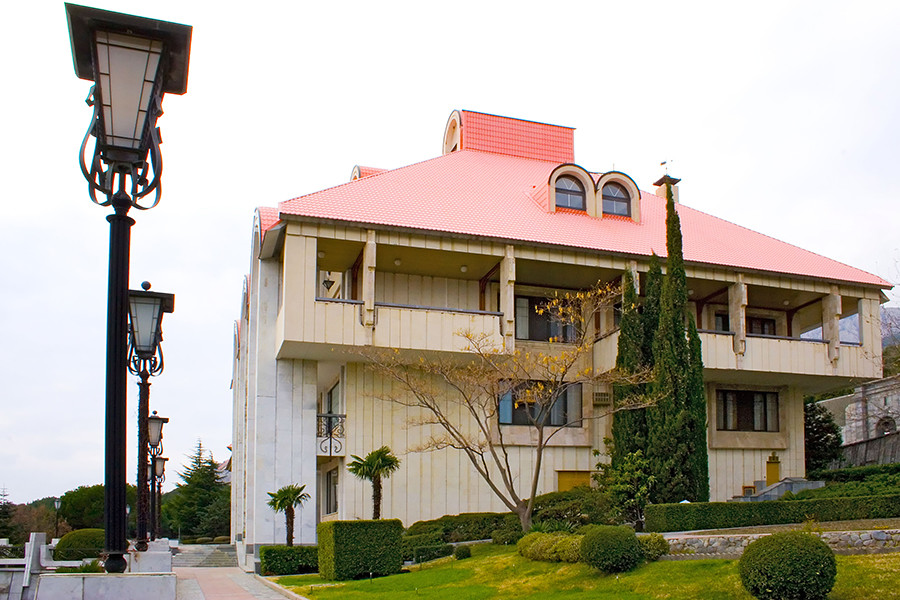
Zarya Dacha, Foros (outside view)
Alexei Pavlishak/TASSBuilt: 1986-1988
Home to: Mikhail Gorbachev
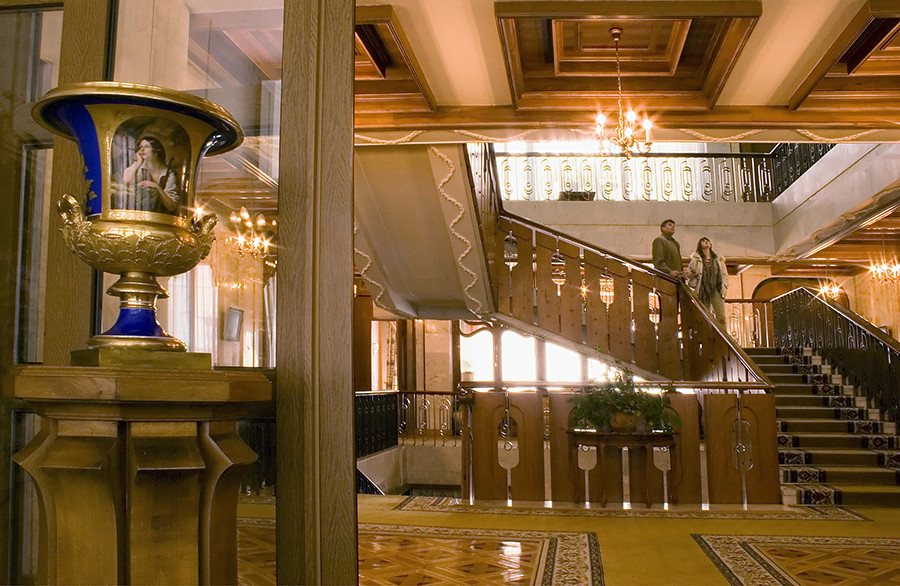
Zarya Dacha, Foros (inside)
Alexei Pavlishak/TASSDespite his avid campaigning against Party privileges, the last Soviet leader had no hesitations installing a $20m, three-story holiday home for himself on the Black Sea coast. A 1992 inspection by Pravda newspaper revealed that the dacha contained a private beach, rooftop solarium, marble floors, cinema, dance floor, tennis courts, and a self-watering peach grove.
Most notably, Gorbachev’s dacha was the location of his three-day house arrest during the failed coup d’état by KGB and hardline Communist Party members in August 1991.
If using any of Russia Beyond's content, partly or in full, always provide an active hyperlink to the original material.
Subscribe
to our newsletter!
Get the week's best stories straight to your inbox